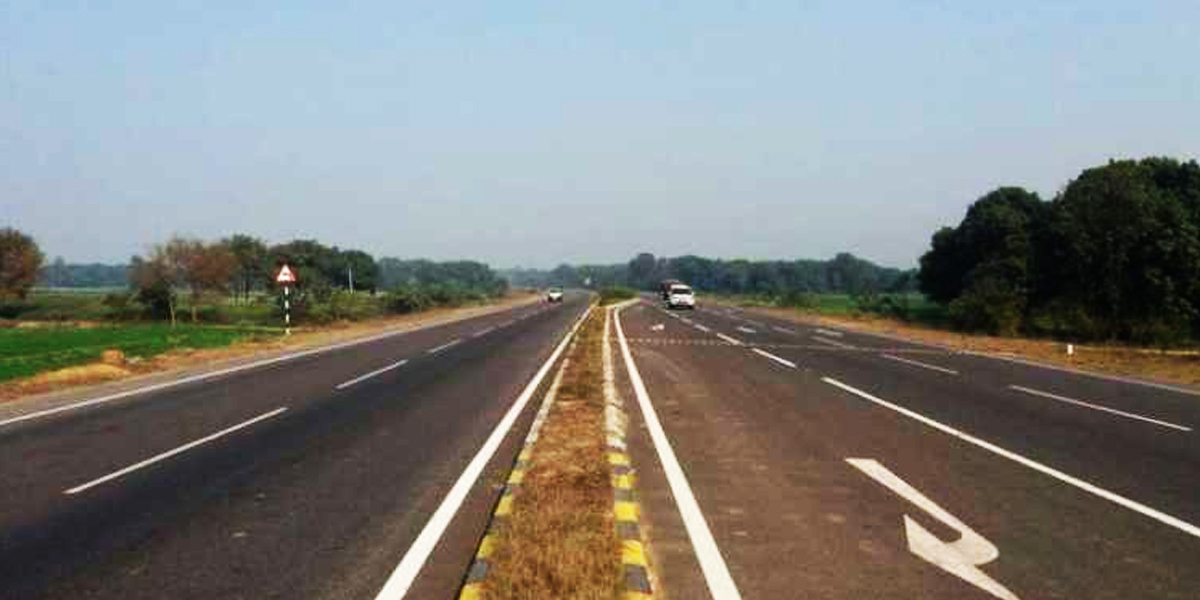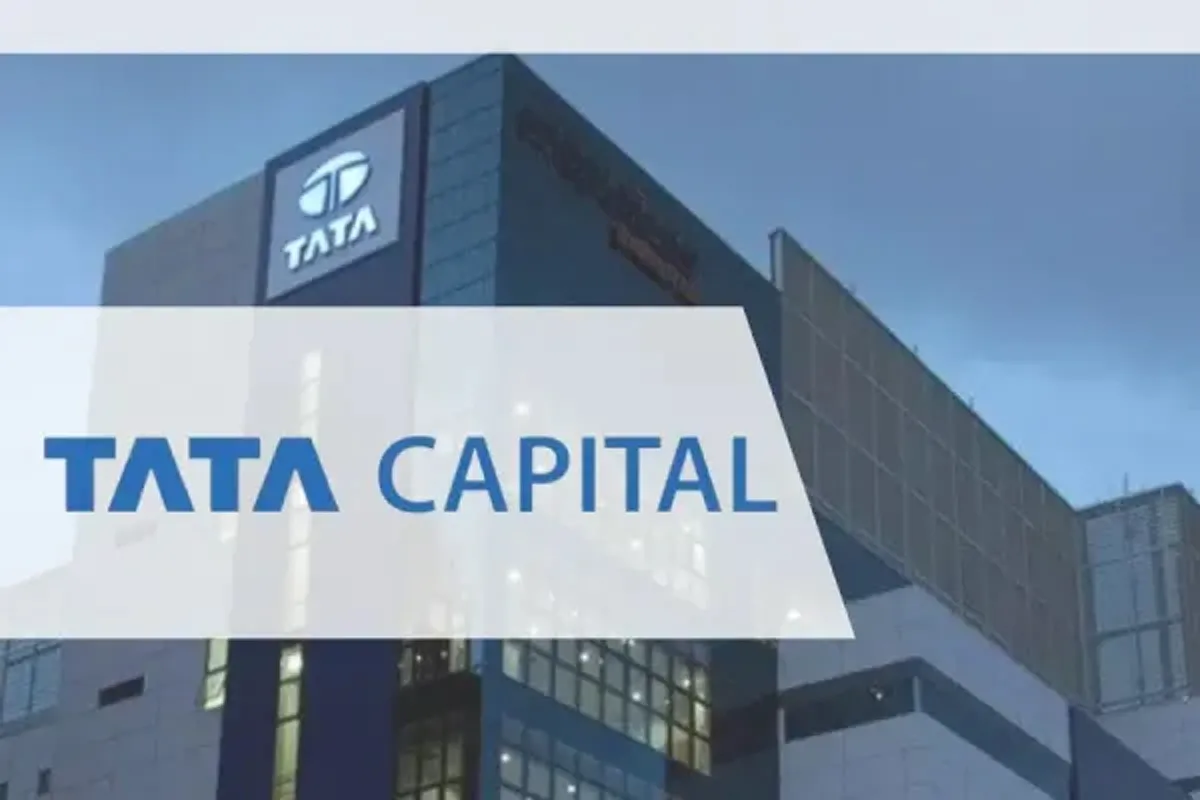
How Purvanchal Expressway accelerates prosperity for Uttar Pradesh

Northern Graphite, Rain Carbon Secure R&D Grant for Greener Battery Materials
Northern Graphite Corporation and Rain Carbon Canada Inc, a subsidiary of Rain Carbon Inc, have jointly received up to C$860,000 (€530,000) in funding under the Canada–Germany Collaborative Industrial Research and Development Programme to develop sustainable battery anode materials.The two-year, C$2.2 million project aims to transform natural graphite processing by-products into high-performance, battery-grade anode material (BAM). Supported by the National Research Council of Canada Industrial Research Assistance Programme (NRC IRAP) and Germany’s Federal Ministry for Economic Affairs a..

Antony Waste Q2 Revenue Jumps 16%; Subsidiary Wins Rs 3,200 Cr WtE Projects
Antony Waste Handling Cell Limited (AWHCL), a leading player in India’s municipal solid waste management sector, announced a 16 per cent year-on-year increase in total operating revenue to Rs 2.33 billion for Q2 FY26. The growth was driven by higher waste volumes, escalated contracts, and strong operational execution.EBITDA rose 18 per cent to Rs 570 million, with margins steady at 21.6 per cent, while profit after tax stood at Rs 173 million, up 13 per cent YoY. Revenue from Municipal Solid Waste Collection and Transportation (MSW C&T) reached Rs 1.605 billion, and MSW Processing re..

Tata Capital Secures USD 16 Million GCF Fund to Boost Green Start-ups
Tata Capital Limited (TCL), the flagship financial services arm of the Tata Group, has received a first-of-its-kind USD 15.85 million revolving fund from the Green Climate Fund (GCF) under the newly approved BEACON INDIA Programme. The initiative, implemented in partnership with the Small Industries Development Bank of India (SIDBI) and TREC-STEP, aims to support early-stage climate-tech start-ups across India.In addition to the revolving facility, the GCF has extended a USD 3 million grant to make financing more accessible and affordable for climate-focused ventures. The revolving structure e..
















